Tags: Machine learning

AI Model Uses Machine Learning to Predict Age, Gender of Infants Through Temperament Data
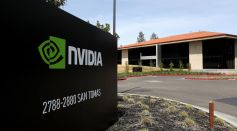
Artificial Intelligence Made Faster, More Efficient: New NVIDIA Processor Chip for AI Helps It to Better Understand Human Language

Hypersonic Flight Race: NASA, ANL Develops Aircraft Engine Simulation Using AI and Machine Learning
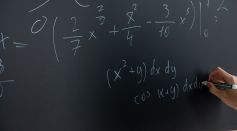
Neural Network Solves Complex Calculus System; Rational Approach of Deep Learning Connects Machine and Human Language

Deep Learning Robot with Fine Motor Skills Peel Bananas Without Crushing the Fruit
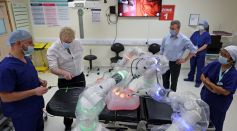
Laparoscopic Surgery by Robotic Arm Successful; Operation Made Autonomous Through Machine-Learning Technology
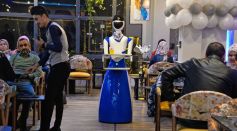
Could We Stop Artificial Superintelligence from Eliminating Human Civilization?

AI Can Improve Lightning Forecast to Enhance Safety Warnings, Create Accurate Long-Range Climate Models

NVIDIA Changes the AI Game with Words That Become Images in Real Time
First Global Inventory of Large Solar Power Plants: Scientists Use Machine Learning to Detect These Facilities in Satellite Imagery
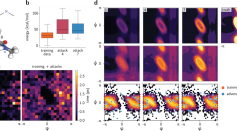
Neural Network Limits Identified Through 'Adversarial Attack;' Machine Learning Predictions of Molecular Energies Produce Reliable Results
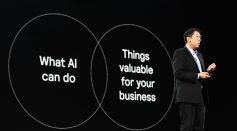
Standards in Machine Learning Key to Continuous Advancement, Requires Trust Among Researchers
AI-Powered Single-Cell Atlas Developed; Effective on Detecting Single Disease Cell Including COVID-19

Artificial Intelligence: Why it Can't Detect the Correlation Between Human Emotion and Facial Expression
Cassie the Bipedal Robot Made History After Completing a 5K Course in 53 Minutes, Almost at Par With Humans

Artificial Intelligence Improves NASA's Sun Images, Solar Dynamics Observatory Says
MixChannel: Satellite Images Can Now Be Processed with Minimal Datasets, Thanks to a New Technique from Skoltech

AI to Automate Identification of Landing and Exploration Sites on the Lunar Surface
Photos of Pots and Toasters Help Train New Machine to Track COVID-19
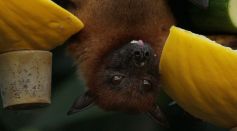
20,000 Undiscovered Links Between Zoonotic Diseases and Humans Predicted by AI
Most Popular

Will Earth's Magnetic Poles Flip Next? Magnetic Pole Reversal Explained Through Cutting‑Edge Magnetosphere Science

Relativity Time Dilation Explained: The Physics of Time and Why It Moves Differently in Space

How Lightning Science Reveals Why Charged Storms Are Rising with Global Warming Effects

De-Extinction vs. Conservation Science: Which Approach Protects Biodiversity Most Effectively?





